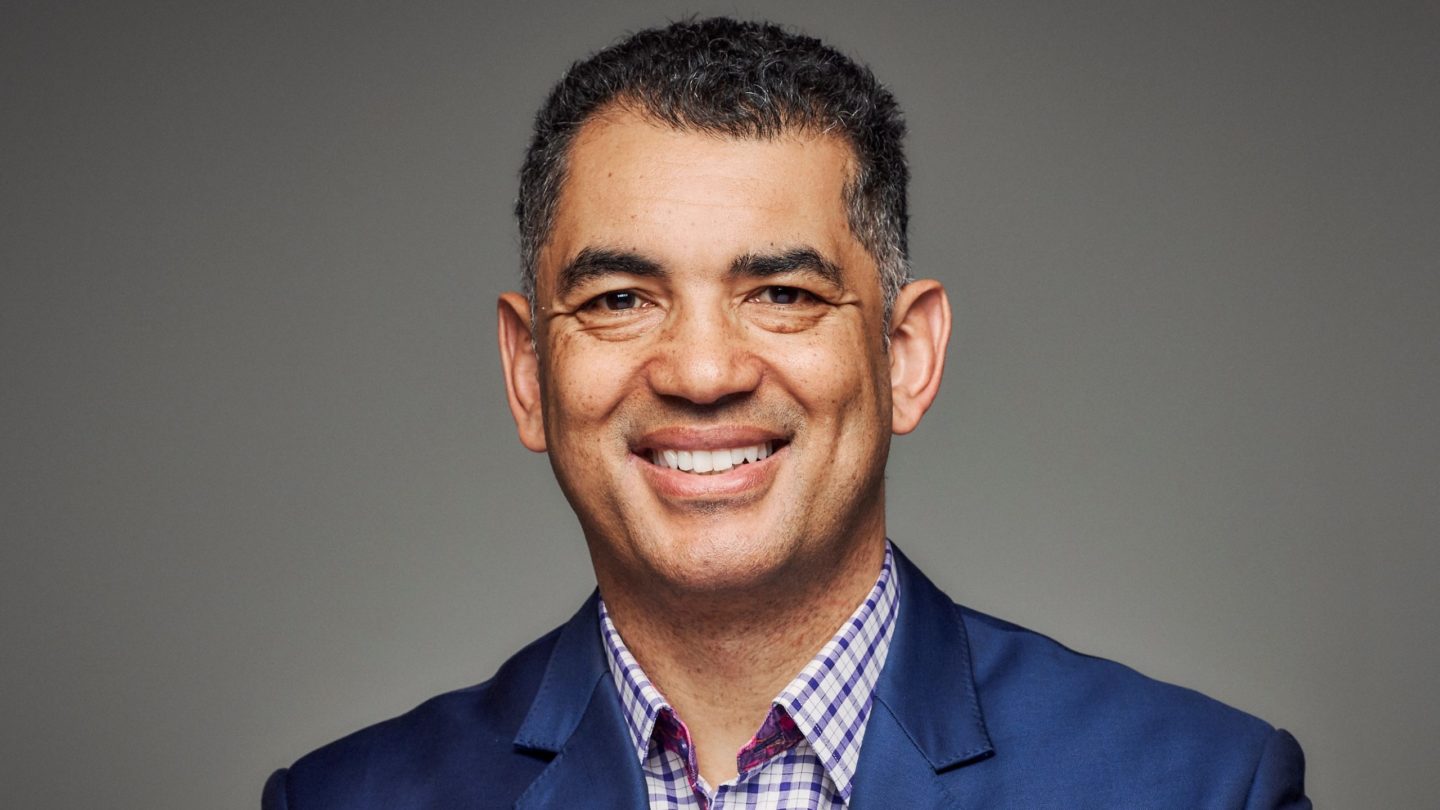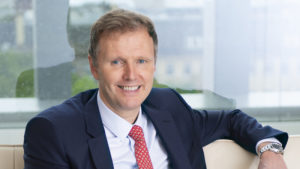New Year is the time for resolutions and while, as individuals, we might be endeavouring to live more healthily or focus more on what we are passionate about, we should also consider collectively what we want to achieve in the wealth management sector. My plea to advisers, providers and asset managers in 2021 is this: to encourage investors to base their savings objectives on risk rather than reward.
If, together, we can persuade savers to move away from headline returns and think more clearly about what they want to spend their money on, how they would deal with falls in value before that point, and the impact of their investments on society, I firmly believe it will help people fund better futures for themselves and their fellow man.
Focusing on risk rather than reward may sound counterintuitive to many of us brought up in an industry that has traditionally looked towards the latter. Right now, however, the savings and investment industry is vital not just to individuals’ personal long-term wellbeing, but to the nation’s success and indeed the future of our planet. The pursuit of returns at any risk has long been understood to be counterproductive, incorporating risks which investors may not be willing or able to bear.
Whenever we eventually emerge into a post-pandemic world, governments around the globe stand ready to act. Many have already announced plans to invest heavily in their post-pandemic recoveries: the US will spend $900bn (£659bn) on a stimulus package; the EU has set aside €750bn (£664bn) for its Covid-19 ‘Next Generation’ recovery fund; and, separately, Germany has released details of a €130bn plan, France €100bn, and the UK £30bn.
Greener economies
At the centre of many of these recovery plans are a move to invest in greener economies. In the US, the new Biden administration is looking to put climate change at the heart of a $2 trillion reform of energy policy. Any EU country looking to benefit from Next Generation grants must demonstrate an “effective contribution to the green and digital transition” while, here in the UK, the government has announced its own ‘green new deal’.
Much of this public sector investment is designed to stimulate accompanying private sector investment, most of which will be funded by retail and pension fund investors. It is therefore vitally important investors feel confident in saving and investing for their future – but here we hit a problem: many UK investors are sitting on their cash. The savings ratio at the end of 2020 was almost twice that of the previous average between 2010 and 2018.
The truth is, we are increasingly having to take more risk to fund the things that are important to us. Stockmarket returns from developed economies have declined as growth rates slowed over the last decade. Lower real interest rates mean the search for return is harder, and of course people are living longer in retirement, meaning the need for portfolio growth and income to support their lifestyle and care in old age is greater.
Seeking more growth at a time when returns are scarce is like needing a faster car at a time when fuel prices are high – for the buyer, the fuel efficiency of the car becomes critical. How many miles per gallon – or, more recently, miles per kilowatt hour – does the car do?
Although many of us have been working on the need to express to investors the ‘unit of energy’ – in other words, the risk a manager will take on your behalf to generate return – for some time, the current regulatory measures do not work. The synthetic risk and reward indicator (SRRI) is principally a backward-looking measure like volatility – reviewing the ‘fuel you have used’ not the fuel you expect to use.
Sharpe ratio
Perhaps the closest global equivalent of fuel efficiency in the investment world that works ex-ante – that is to say, is forward-looking and directly related to the risk the investor has signed up to – is the Sharpe ratio, which measures the unit return for unit risk taken. The Sharpe ratio is often used in portfolio optimisation as an objective, and has always been calculated on historical data. Empirical work, as well as rule-of-thumb measures, suggests if one hits a Sharpe ratio of 0.5, it is a good achievement.
Measures such as the Sharpe ratio tend, however, to be internally focused and of little relevance to retail investors. As a result, it is easier for funds to hide the risk they are taking in less volatile, more benign markets, even though the risk is still there. Managers can take riskier, higher equity positions without necessarily seeing the volatility.
This is not a new issue. Pooled funds, closed or open, have faced this problem ever since their inception 250 years ago, when a Dutch merchant created a diversified instrument fund often argued to be the first mutual fund, which owned supposedly ‘safe’ bonds issued by foreign governments and plantation loans in the West Indies. When wars cut off the plantations, investors were left with their units being liquidated at a fraction of their original value.
Two and a half centuries later, it is still undeniably easier to seek returns without reference to the risk investors are truly willing and able to take. But this approach is off-putting, needlessly risky and discourages investing in a way that is good for people and the planet.
A lot more is now known about the risk that investments represent and, in particular, the importance of asset allocation. And as we rebuild from the pandemic, it is important that investors do invest alongside governments in patient, long-term projects that will help them to fund the things that are important to them and to the country.
By starting with the risk an individual is willing and able to take as the basis for their savings goal – and expressing this as a ‘value at risk’ rather than an absolute figure or a performance-related goal like a headline stockmarket index – the investor has clarity on where they stand in pursuit of gains and the manager is free to maximise the returns they can get for that risk.
Risk targeting
Looking at risk targeting, there is now more than £10bn targeted against Dynamic Planner and £25bn in the IA Risk Managed sector. When managers pursue risk targeting, they tell us it is liberating. As an example, they do not need to take risk off the table if they are already within tolerances when volatility increases, with all that that means in terms of being out of the market with risk assets when positive markets return. Investors therefore stand the best chance of seeing a good return for the risk they take.
Focusing on risk in the year ahead is also good for the environment and for society because it frees up managers to optimise a much more globally diverse portfolio, and to access impact investments that are taking advantage of the new economy initiatives – or indeed to avoid those investments not deemed to be socially responsible by investors. They do not need to be limited to following or hugging an index or peer benchmark, which may include such stocks.
Turning a global industry on its head by starting with risk will not be easy, but it can help fund a better future for people and for the planet. It can position the wealth management sector as a force for good as we rebuild from the pandemic. That sounds like a good resolution for 2021.
Ben Goss is CEO of Dynamic Planner







